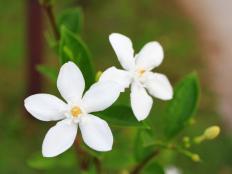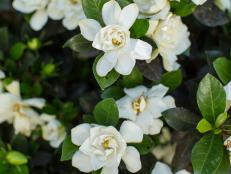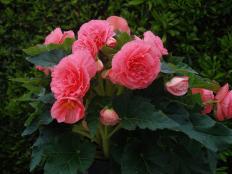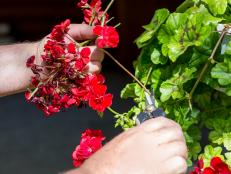How to Care for Your Plants
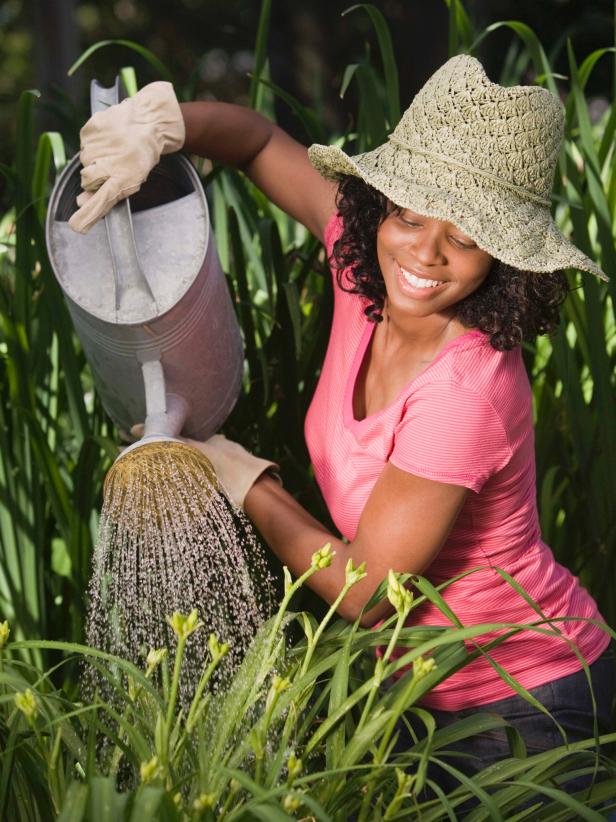
Light
Light is a plant's most basic need. Plants process food through photosynthesis, which occurs in sunlight. Different plants have different light needs. Check with professionals to learn which type of light your particular plant needs. The type of light plants need falls into one of three groups:
- Direct sunlight: sunlight hits the plant directly, without any barrier
- Indirect sunlight: light shines in a room but not directly on a plant
- Diffused light: light is filtered through a screen or sheer curtain before reaching the plant.
Water
You can kill your plant with kindness by overwatering it. This is the most common mistake beginning gardeners make. Different plants need different levels of moisture between watering. Some like moist soil between waterings, while others prefer to dry out completely. Check with professionals to determine the water needs of your plants when you buy them. More important watering tips:
- Check the soil between waterings with a stick, or even your finger, pushing below the top layer of soil to determine how moist the soil is.
- A watering can is an excellent choice for watering plants. Water well around the base.
- Water plants thoroughly. Water should drain from the hole in the bottom of the pot.
- Use lukewarm or warm water, since cold water can shock the roots.
- After watering your plants, give them a humidity boost by spritzing them with water.
- Some decorative pots don't have a drainage hole. You can still use them by potting the plant in a smaller container and placing it inside the decorative pot. Be sure you don't set the pot down directly on the bottom of the container, since the roots will sit in water when it drains out of the smaller container. Position some rocks on the bottom of the decorative pot and set the plant container on top of them.
Food
Plants have individual nutrition needs, and beginning gardeners should be careful not to overfeed their plants. Plant food comes in three forms:
- Water-soluble: a liquid mixed with water and poured on the plant
- Spikes: a solid food that is pushed directly into the soil and releases nutrients slowly
- Granular: sprinkled around the base of a plant and watered in.
When to Repot
When a plant becomes top-heavy or its roots grow out of the drainage hole, it's time to repot.
- Always choose a container that has a drainage hole.
- Placing a small piece of net over the drainage hole keeps dirt from leaking out of the pot during waterings.
- Always use potting soil for your plants rather than dirt from the yard.
- Dampen the potting soil before placing it around your plant.
- Add a little soil to the bottom of the pot and tamp it down. Remove the plant from its old container carefully, shaking soil loose from around the roots so they will spread out easily in the new soil. Place the plant in the container and fill to the top with potting soil, tamping down firmly around the edges; water thoroughly.
- If you see brown leaves at the bottom of the plant after transplanting, just pinch them off.
- After repotting, check the care instructions of each plant for proper placement to fulfill its light requirements.











